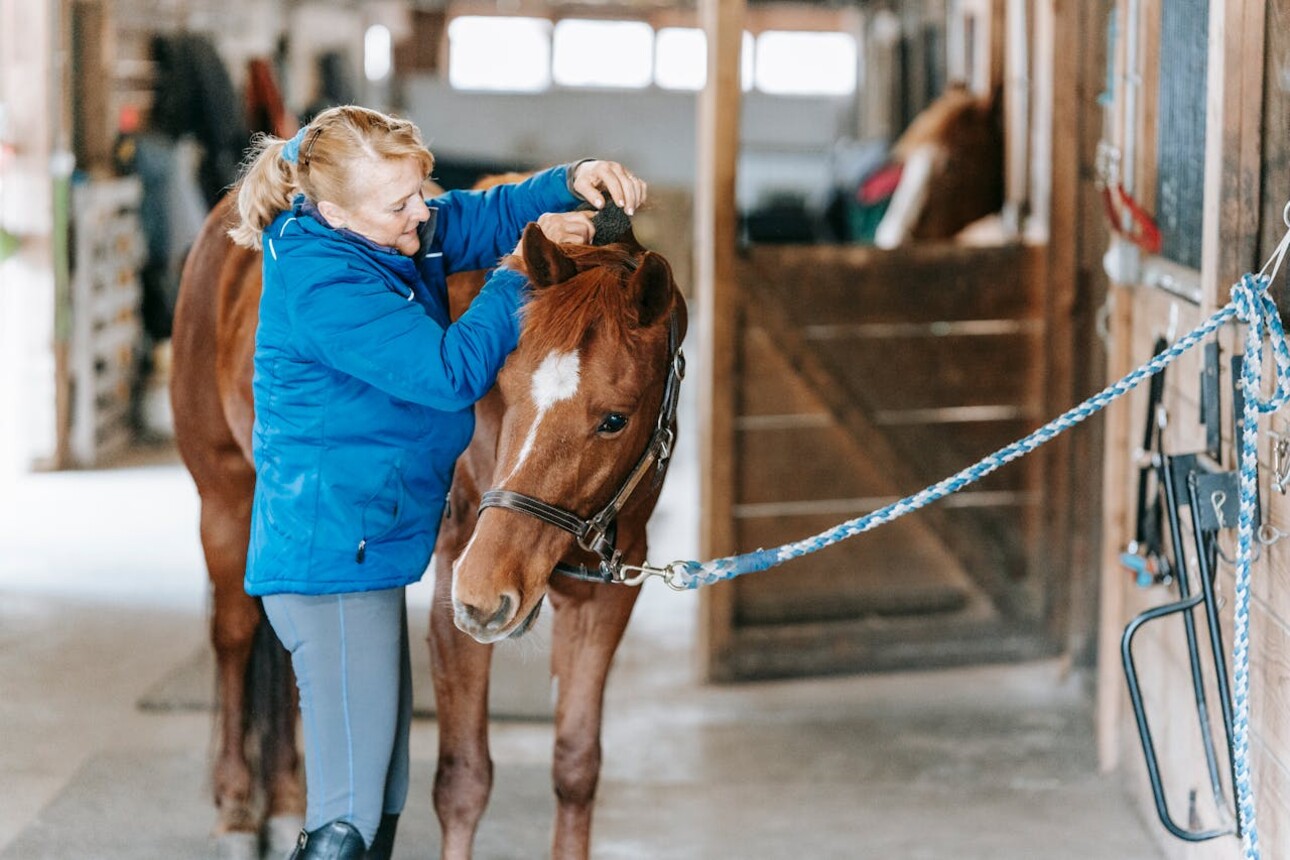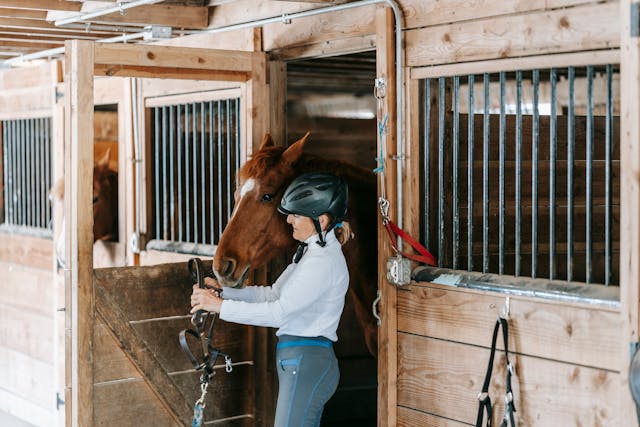
Moving an equestrian property is a delicate project that affects the well-being of your animals and the safety of your equestrian facilities. It's a complex task that shouldn't be improvised. Between transporting the horses, moving the infrastructure and managing the equipment, each stage requires meticulous preparation. So how can you make a success of this change of venue without stress or danger? Here are five essential tips for organising the move of an equestrian property with peace of mind and ensuring a smooth transition for your horses.
The first step to a successful equestrian move is to choose the right people to accompany you. Moving horses and farm equipment requires special logistical expertise. What's more, the process is subject to strict regulations, and there is a high risk of injury or stress if the right conditions are not met.
That's why it's essential to call in experienced movers to ensure the move goes as smoothly as possible. Thanks to their experience, you can move safely with a team of experts who know how to dismantle, transport and reinstall your infrastructure. These professionals have the skills to coordinate the transport of the horses and meet the deadlines set. This delegation of tasks frees you from a heavy mental burden and considerably reduces the risk of accidents during the move.
Horses are sensitive to changes in environment and especially to agitation. To ensure that they are not traumatised by the transfer, gradually get them used to certain stages. For example, if your horses are not used to riding in a van, train them in advance so that they associate this moment with a positive experience.
On the day of the move, plan regular breaks and ensure that the animals are transported in optimum comfort. In other words, they must have sufficient space, good ventilation and appropriate supervision. In short, good psychological and physical preparation ensures that your animals are safe and well-balanced when they arrive in their new environment.

An equestrian property is more than just horses. It includes :
As you can see, you need meticulous logistics to move your stable's infrastructure with care. That's why you need to draw up a complete inventory of the equipment and materials to be moved. Prioritise the items you need to move, and make sure you have everything you need for the horses' immediate comfort on the new site:
Heavy equipment and complex structures can be transported at a later stage, according to a precise schedule. This kind of organisation will avoid delays and ensure that the horses receive a safe and dignified welcome on arrival.
Moving horses also means complying with certain administrative obligations. In practice, this may involve :
These steps can be tedious, but they are essential if you are to comply with the regulations. You need to anticipate these obligations several weeks before the big day to avoid legal or financial complications. What's more, this will ensure that your installation goes smoothly and that your new equestrian property runs smoothly.
Finally, one of the most valuable pieces of advice is to carefully prepare the horses' new environment before they arrive. In principle, horses should immediately find a secure, fenced-in area that is clean and comfortable. Water, feed, bedding and saddlery should be available as soon as they arrive, to limit disorientation.
Make a preliminary visit to the site to check the condition of the fencing and the absence of potential hazards such as nails, loose electrical wires and poisonous plants. Also check the quality of the soil and pastures. Providing a reassuring environment for horses helps them to adapt quickly and prevents stress-related behaviour.
Ultimately, moving an equestrian property involves much more than simply transferring property. It's a complex project that combines logistics, regulations and animal welfare. By relying on competent professionals, you can prepare your horses in advance and organise the safe transport of the infrastructure. You also need to carefully prepare the new surroundings and anticipate the administrative formalities. By doing so, you maximise your chances of making a smooth transition with your animals.